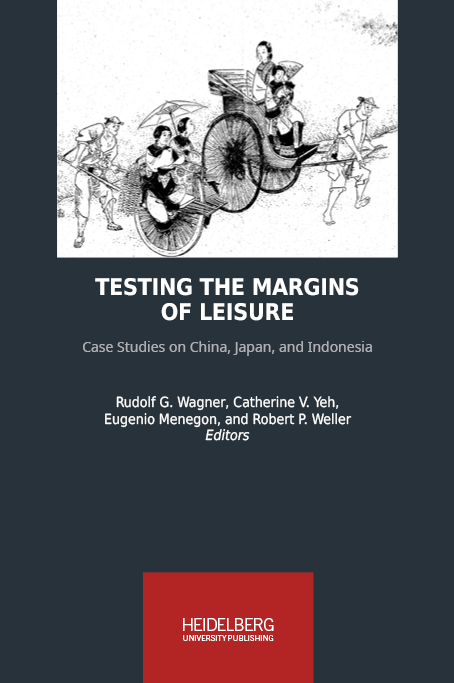Zitationsvorschlag
Lizenz (Kapitel)

Dieses Werk steht unter der Lizenz Creative Commons Namensnennung - Weitergabe unter gleichen Bedingungen 4.0 International.
Identifier (Buch)
Veröffentlicht
Satan in the Mall
Leisure and Consumption in Java’s New Muslim Middle Class
Abstract Indonesia’s “new” middle class first emerged in the early 1980s in the context of New Order educational expansion, economic growth, and bureaucratic consolidation. Among specialists of Southeast Asia, however, questions have emerged as to how to define this most fluid of social classes. Is the key to the definition political participation, economic mobility, or something else? The German sociologist Solvay Gerke, has suggested that the emerging middle class was identifiable by its consumption-oriented lifestyle and leisure habits that included shopping, sports, travel and watching Western movies. Adopting a Bourdieuian framework, she argues for an approach that considers socially constructed class experience or habitus as constitutive of the new middle class, and as distinguishing this social class from others (2000:146). Drawing on Gerke’s suggestions, I examine the lifestyles and leisure habits of educated Javanese youth in the city of Yogyakarta. How is consumption understood and contested by educated young people as a particular mode of middle-class lifestyle and practice? An examination of the consumption practices associated with modern shopping malls and new youth publications reveal a far more varied menu of options for choice and individual expression than was previously available to young people. A popular discourse of Muslim self-help literature promotes the possibilities of fashioning new and cosmopolitan selves while simultaneously warning young people of the dangers of moral laxity, unbridled consumption, and spiritual vacuity. Warnings of these dangers, widely associated with westernization, are also regularly deployed by young people as a means to distinguish the “new” Muslim middle class from wealthy elites.
Keywords Indonesia, Islam, malls, morality, youth






